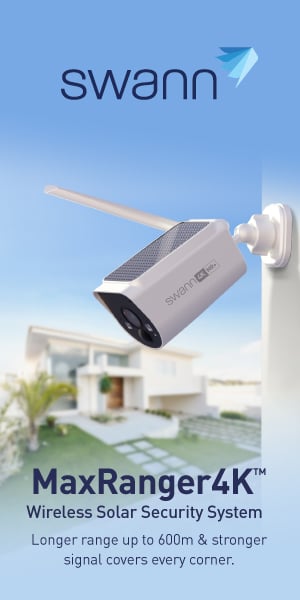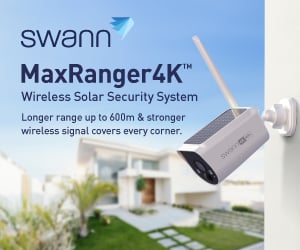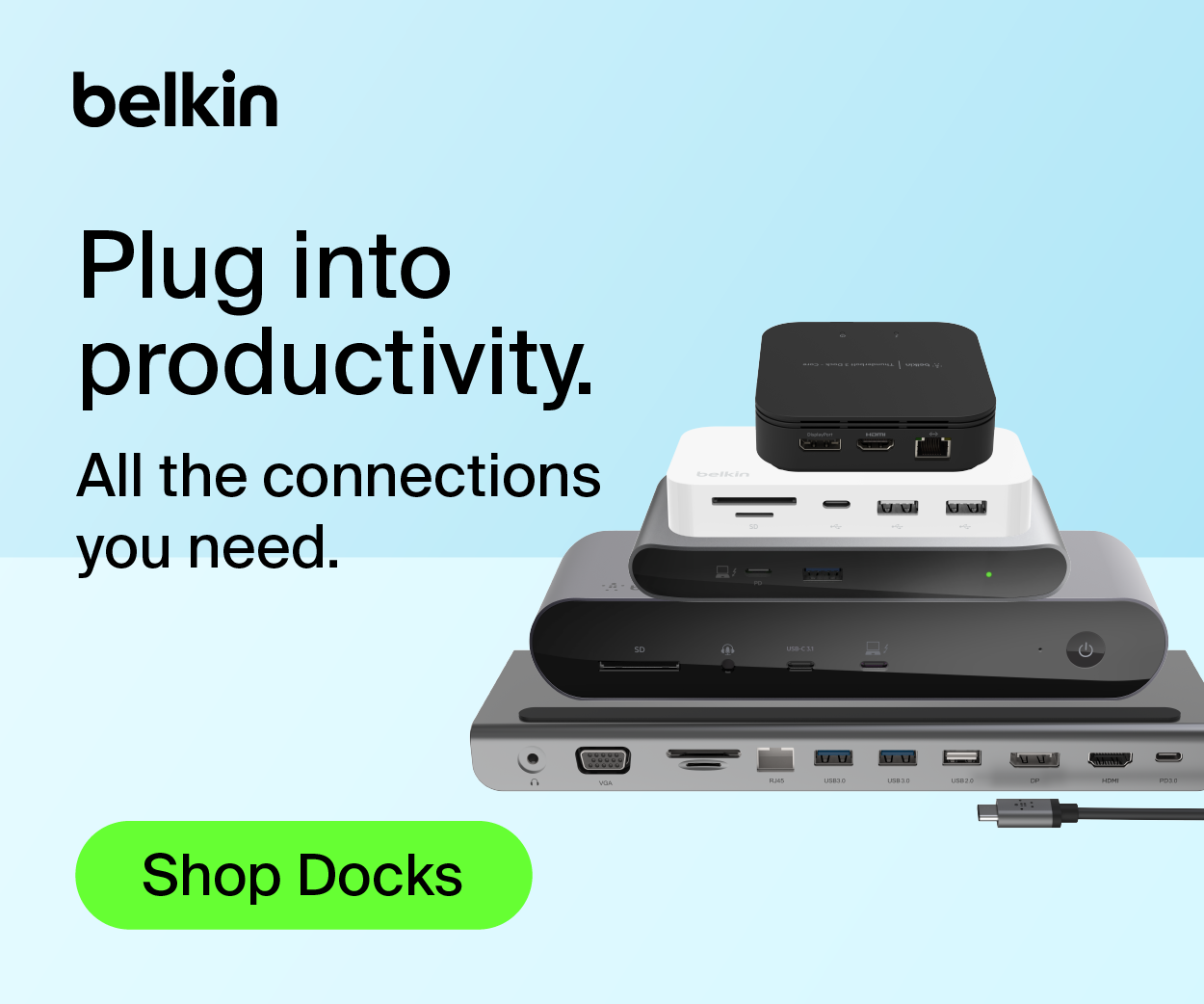Amazon is looking to deliver connectivity speeds in Australia of up to 450mps direct from Satellites, a move that could hurt the NBN and carrier services here and eliminate the need for 5G towers.
Like SpaceX’s Starlink, Amazon’s Project Kuiper will use a constellation of small satellites to power a broadband service around the world, and all that customers will need is a small Amazon terminal that is around 28 centimeters wide.
Amazon also has a smaller terminal that will deliver 100mps.
To use the service, customers will install an outdoor antenna – called a customer terminal – to communicate with satellites passing overhead.
Traditionally, this equipment has been too large, too complex, and too expensive for many customers, making it difficult for LEO constellations to bridge the digital divide in a meaningful way, but Amazon engineers have fixed these problems.
Project Kuiper plans to serve tens of millions of customers, claims Amazon. “So we set an ambitious goal at the start of the project to design a customer terminal that costs less than $500 to build,” say Amazon.
Project Kuiper engineers hit that milestone in 2020, inventing a new antenna architecture that was smaller and lighter than traditional designs.
Since then, the Amazon team has continued to innovate to make its terminal designs even smaller, more affordable, and more capable than previous terminals.
The Project Kuiper terminals will be powered by an Amazon-designed baseband chip, developed under the name “Prometheus”.
“Prometheus combines the processing power of a 5G modem chip found in modern smartphones, the capability of a cellular base station to handle traffic from thousands of customers at once, and the ability of a microwave backhaul antenna to support powerful point-to-point connections,” the company say.
Households will be able to connect streaming devices, PCs and smartphones to the Amazon network.
The Terminals are tipped to sell for around $549.
The big question is whether Amazon will use the likes of JB Hi-Fi or a carrier to sell the service, or whether they will simply sell the service direct.
Amazon has shown off the hardware that will be used by the first customers of its Project Kuiper internet-from-space service.
Like SpaceX’s Starlink, Project Kuiper will use a constellation of small satellites to power a broadband service for customers around the world, though its primary focus will be on communities unserved or underserved by current internet technologies.
Amazon is pitching this smaller design at “customers who need an even lower-cost model, as well as government and enterprise customers pursuing applications like ground mobility and internet of things (IoT).
For enterprise customers, Amazon will offer a high-bandwidth design for what it describes as “demanding needs”, and lists enterprise, government, and telecommunications applications as likely users of the service.
These dishes measures 19 inches by 30 inches and will deliver speeds of up to 1 gigabit per second (Gbps).
The Project Kuiper terminals will be powered by an Amazon-designed baseband chip, developed under the name “Prometheus”.
“Prometheus combines the processing power of a 5G modem chip found in modern smartphones, the capability of a cellular base station to handle traffic from thousands of customers at once, and the ability of a microwave backhaul antenna to support powerful point-to-point connections,” the company say.
To push Project Kuiper toward implementation, Amazon is aiming to deploy its first two prototype satellites on the maiden flight of United Launch Alliance’s Vulcan Centaur rocket, which is currently set for May.
If the satellites perform as expected, mass deployments – similar to how SpaceX has been deploying thousands of Starlink satellites – will begin in early 2024, with the Project Kuiper service coming online for the first customers later that year.
This week the NBN laid off 500 employees, with the network facing new competition from the likes of Amazon.












































